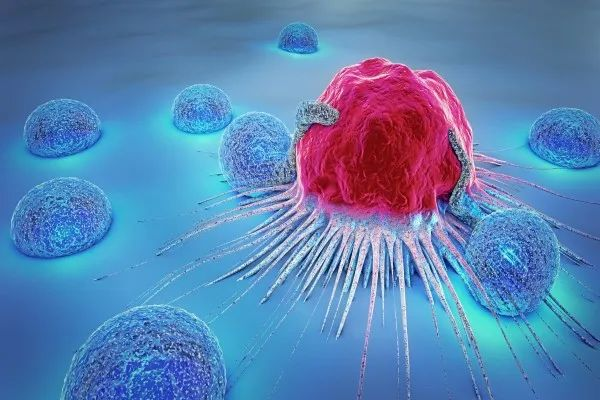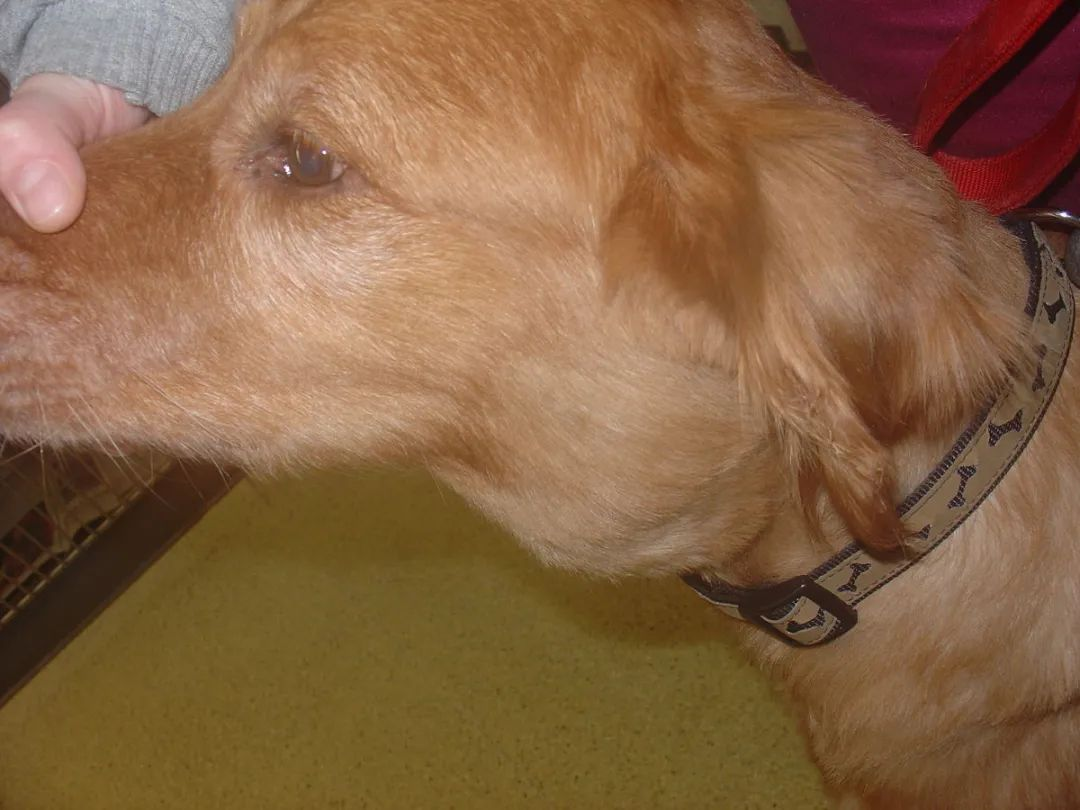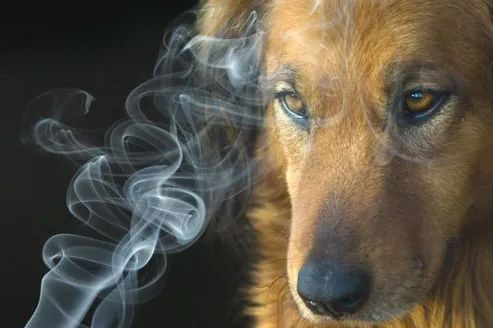Why are there more and more tumors and cancers in pets now?
cancer research
In recent years, we have encountered more and more tumors, cancers, and other diseases in pet diseases. Most benign tumors in cats, dogs, hamsters, and guinea pigs can still be treated, while malignant cancers have little hope and can only be appropriately extended. What’s even more despicable is that some companies use the love and luck of pet owners to launch some promotional and therapeutic drugs, but upon closer inspection, the ingredients are mostly nutritional products.
Tumors and cancer are not new diseases, and bone tumors have even appeared in many animal fossils. For over 2000 years, doctors have been paying attention to human cancer, but cancer remains the most common cause of death for cats, dogs, and humans in developed countries. Doctors have made significant progress in human cancer research. As mammals, animal doctors have also applied most of their knowledge to pet treatments. Unfortunately, veterinarians have limited knowledge about certain specific cancers in animals, and their research on malignant tumors is much less than that of humans.
However, the veterinary community has also discovered some characteristics of pet cancer after years of research. The incidence rate of cancer tumors in wild animals is very low, and the incidence rate of domestic pets is relatively high; Pets are more prone to cancer in the later stages of life, and their cells are more prone to mutation into cancer cells; We know that cancer formation is a complex process, which may be caused by various factors such as genetics, environment, nutrition, evolution, and even the interaction of various factors gradually forming. We can understand some of the main causes of tumors and cancer, making it easier for pets to minimize the probability of getting sick within their capabilities.
Tumor triggers
Genetic and bloodline factors are important causes of many tumor cancers, and animal cancer statistics support the heritability of tumor cancers. For example, in dog breeds, Golden Retrievers, Boxers, Bernese Bears, and Rottweilers are usually more prone to certain specific cancers than other dogs, indicating that genetic characteristics lead to a high risk of cancer in these animals, The increased risk of cancer in these animals may be caused by gene combinations or individual gene changes, and the exact cause has not yet been identified.
From research on human cancer, we know that the vast majority of cancers are closely related to the environment and diet. The same risk factors should also apply to pets, and being in the same environment as the owner may also pose the same risks. However, some pets may be more adaptable to adverse environments than humans. For example, prolonged exposure to ultraviolet radiation can lead to skin cancer in humans. However, most cats and dogs have long hair, making them more resistant. However, similarly, those hairless or short haired cats and dogs can be severely affected. Second hand smoke, severe air pollution, and haze are also one of the main causes of human lung cancer, which are also applicable to pets such as cats and dogs. What other chemical insecticides, herbicides, and heavy metal substances are also possible reasons. However, because these pets themselves are highly toxic, frequent exposure to them may result in death from poisoning before inducing cancer tumors.
All known pets currently have squamous cell carcinoma, which is a malignant tumor (cancer) that occurs in shallow skin. After observation, long-term exposure to sunlight and ultraviolet rays is an important cause of the disease. In addition, white cats, horses, dogs, and others with white stripes are more likely to develop squamous cell carcinoma; Smoking cats are also a high-risk area for cancer, and carcinogens in cigarette smoke have been proven to cause squamous cell carcinoma in the cat’s mouth.
Post time: Jan-22-2024



